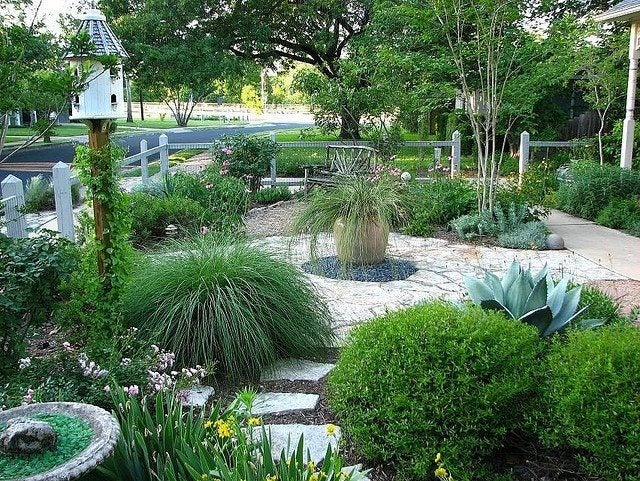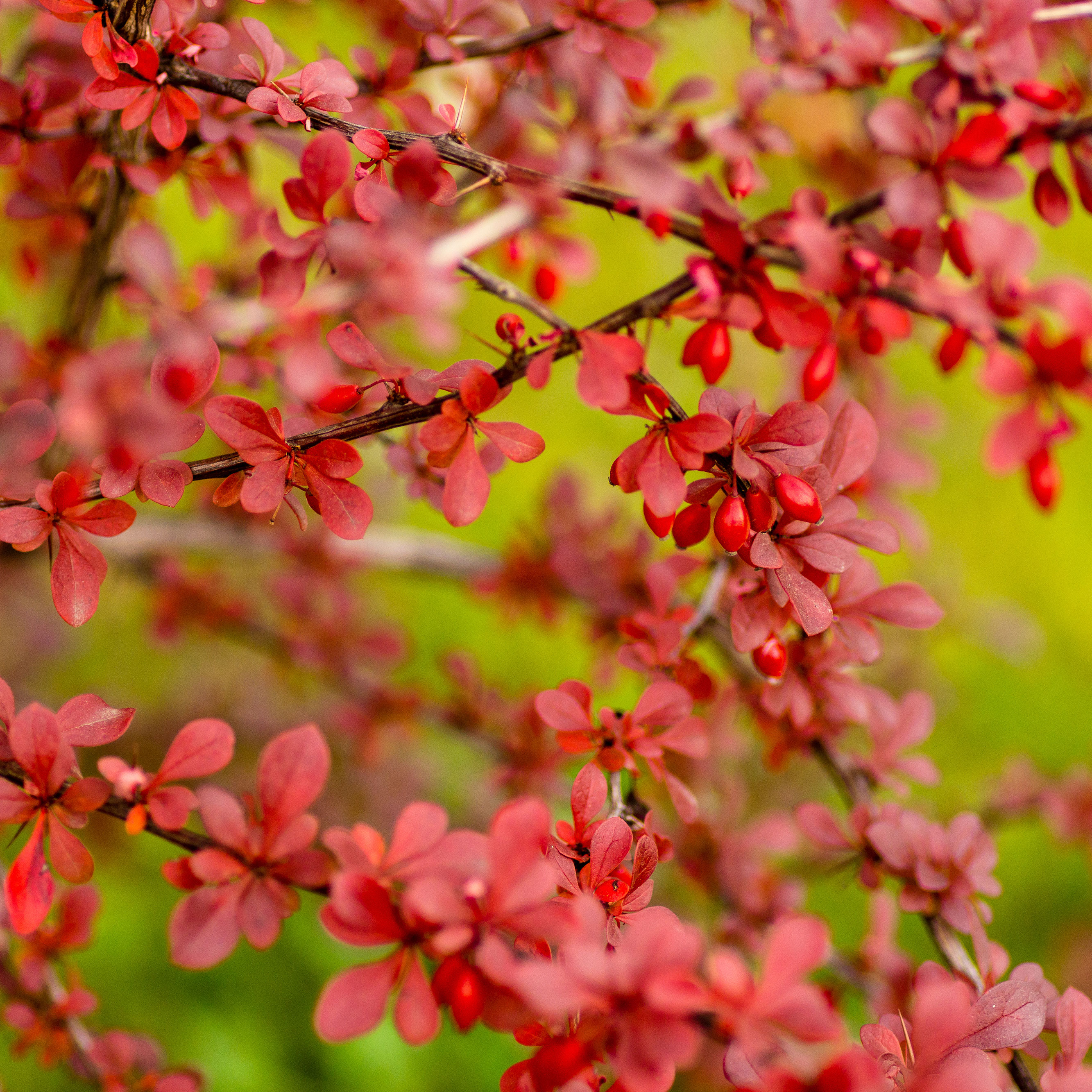The Truth About Xeriscaping: Common Misconceptions Exposed


Generally, when people say xeriscaping, the image of stones and arid environments comes to mind. There are numerous myths associated with xeriscaping; however, the truth is that xeriscaping is a creative landscaping technique that uses low-maintenance, drought-tolerant plants grouped together to form natural looking landscapes that conserve energy, natural resources, and water.
Myth #1 - Xeriscaping is All About Cacti, Succulents, & Gravel
The most common myth is the idea that cacti, succulents, and gravel mulch are considered xeriscaping. However, this is not true. In fact, the overuse of gravel can actually increase the temperature around plants, resulting in even more water use. Instead, organic mulches, like bark, can be used. These types of mulch will actually retain water. As for the use of cacti and succulents only in xeriscapes, there are numerous plants available, from annuals and perennials to grasses, shrubs, and trees that will thrive in a xeriscape setting. Another misconception is that xeriscapes use native plants only. Again, although native plants are recommended and tolerate conditions to a particular climate easier, there are numerous types of plants that are well adapted for use in xeriscape landscapes.
Myth #2 - Xeriscape Gardens are Really Only Rock Gardens
People also mistakenly believe that xeriscapes have to be limited to one particular style, such as the rock garden. In fact, xeriscapes can be found in any style. Although rock gardens can be implemented, there are an unlimited number of other choices with regard to xeriscape designs. There are lush tropical xeriscapes, fascinating Mediterranean desert xeriscapes, Rocky Mountain xeriscapes, woodland xeriscapes, or formal and informal xeriscapes. You can have a xeriscape design and still be creative.
Myth #3 - You Can't Have a Lawn With Xeriscaping
Another myth is that xeriscape means no lawns. First of all, there is no 'zero' in xeriscape, and lawns in a xeriscape garden are well planned and carefully placed. In fact, existing lawns may be reduced and new lawns may implement one of the many alternative types of turf to include native grasses, which are less demanding of water. Instead, think less lawn, not lawn-less. Xeriscaping is simply a better alternative to water-hungry lawns and annuals, especially in areas where arid summers are typical. Not only do these landscapes survive with significantly less irrigation, they harmonize with the natural landscape.
Myth #4 - Xeriscapes are Non-Water Landscapes
Xeriscape means only dry landscaping and no water. Again, this is not true. The term 'xeriscape' focuses on water conservation through water-efficient landscaping. Appropriate irrigation methods and water-harvesting techniques are an integral part of this concept. Water is an essential part of the survival of all plants. They will die more quickly from lack of moisture than from any other nutrient deficiency. Xeriscaping refers to the design of landscapes and gardens that minimize the requirements for water, not eliminating them.
Myth #5 - Xeriscaping is Expensive and Hard to Maintain
Some people are misguided into the assumption that xeriscapes cost too much to build and maintain. In fact, xeriscapes can cost far less both to build and maintain than traditional landscaping. A good water-wise landscape can be designed to avoid expensive automatic irrigation as well as weekly mowing maintenance. Many xeriscape designs need little or no maintenance. Others may think xeriscapes are difficult, but xeriscaping is not difficult. In fact, it can be easier than traditional landscaping. Trying to create a manicured lawn on a rocky site is far more difficult than creating an attractive rock garden on the same site. There are even those who think that xeriscapes need more water to get started. In fact, many low-water or drought-tolerant plants need only be watered when first planted. Overall, most parts of xeriscapes require less than half the water of established, high-water landscapes, even during the first year. The truth about xeriscaping may actually surprise you. This easy, low-cost, low-maintenance alternative to traditional landscaping can be every bit as beautiful and even better for the environment.
Gardening tips, videos, info and more delivered right to your inbox!
Sign up for the Gardening Know How newsletter today and receive a free copy of our e-book "How to Grow Delicious Tomatoes".

Nikki Tilley has been gardening for nearly three decades. The former Senior Editor and Archivist of Gardening Know How, Nikki has also authored six gardening books.
-
 Which Invasive Shrubs Should You Avoid Growing? Plus, Best Natives To Plant Instead
Which Invasive Shrubs Should You Avoid Growing? Plus, Best Natives To Plant InsteadCertain plants may look lovely but they can wreak havoc to local areas and native wildlife. Here are the key invasive shrubs to avoid – with recommendations on gorgeous native alternatives to try
-
 What Not To Plant With Tomatoes: 8 Bad Neighbors That Could Ruin Your Harvest
What Not To Plant With Tomatoes: 8 Bad Neighbors That Could Ruin Your HarvestNot all companion plants are beneficial – some can sabotage your tomatoes. Find out which ones to keep at a safe distance in the garden.